Casting mold means that in order to obtain the structural shape of the part, the structural shape of the part is made in advance with other easily formed materials, and then the mold is placed in the sand mold, so that a cavity having the same structural size as the part is formed in the sand type. Then, a fluid liquid is poured into the cavity, and the liquid is cooled and solidified to form a part identical to the shape of the mold.
Due to the rapid development of 3D printing technology, large 3D printers have emerged, and corresponding 3D printers have been developed for large castings . The following is a foundry that purchased a large FDM 3D printer to improve the factory production process.
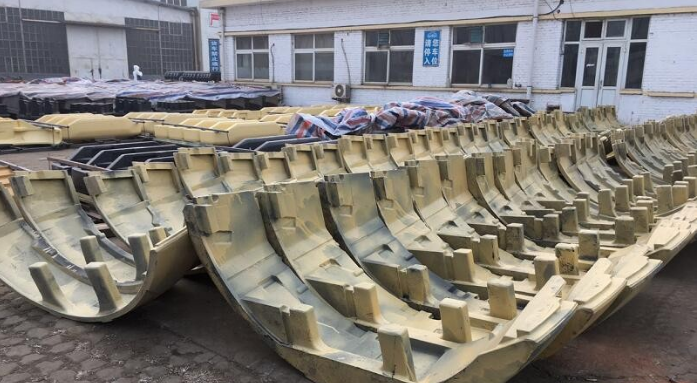
Traditional way of making molds
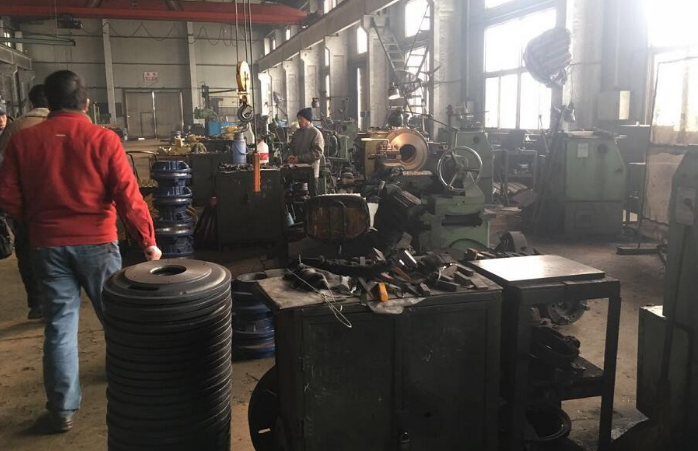
This is a mold made in the traditional way.
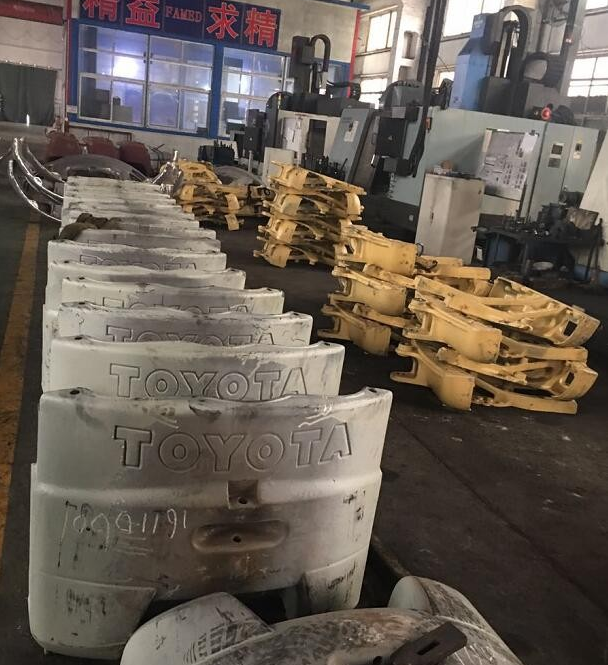
Large FDM 3D printer introduction

After printing, after CNC machining
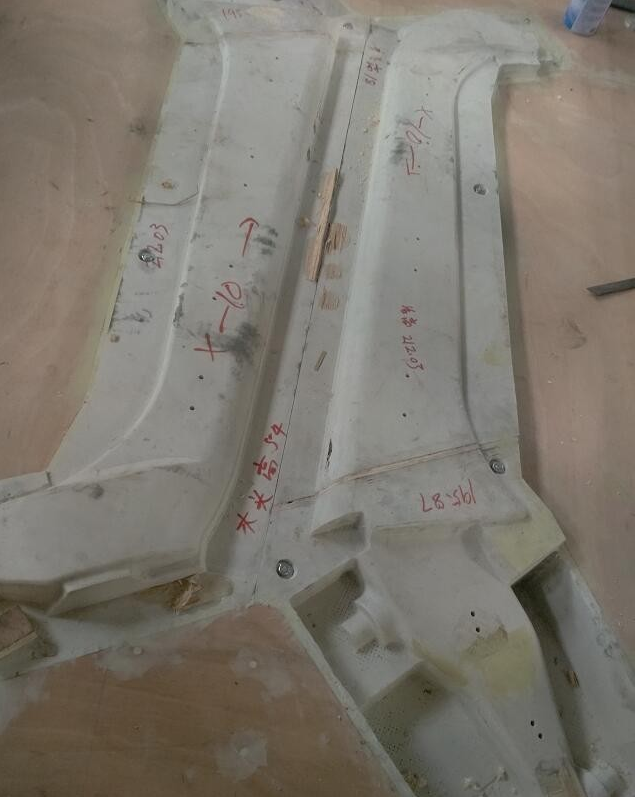
3D printing initial model
The modified PLA object just printed in 3D is extremely rough, and the amount of material is 2kg per hour . It is too slow, and I hope to accelerate to 5kg . It doesn't matter if the surface is rough, and the subsequent processing is still necessary.
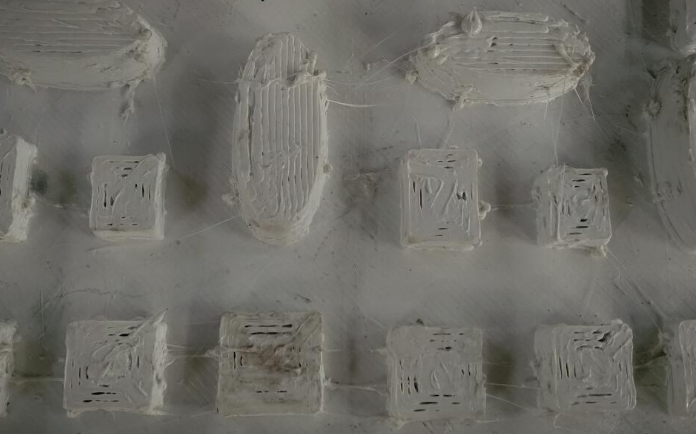
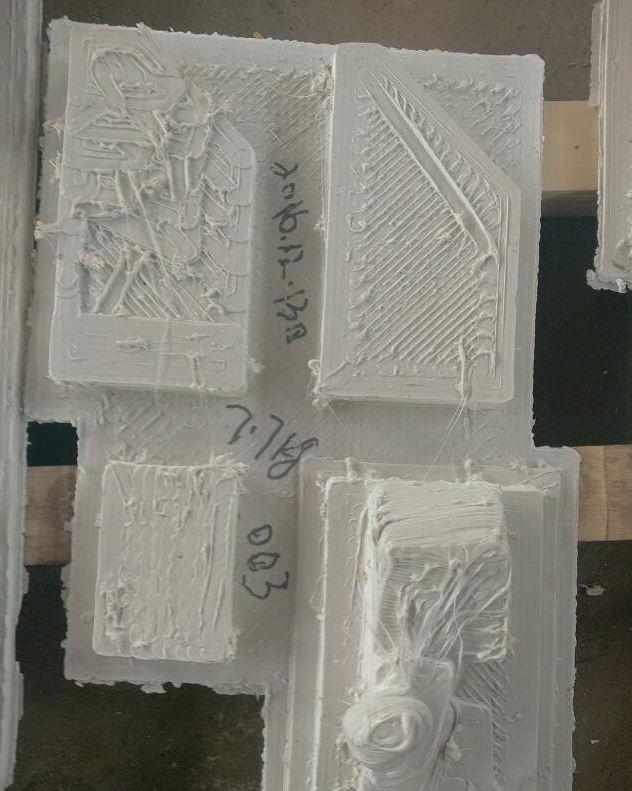

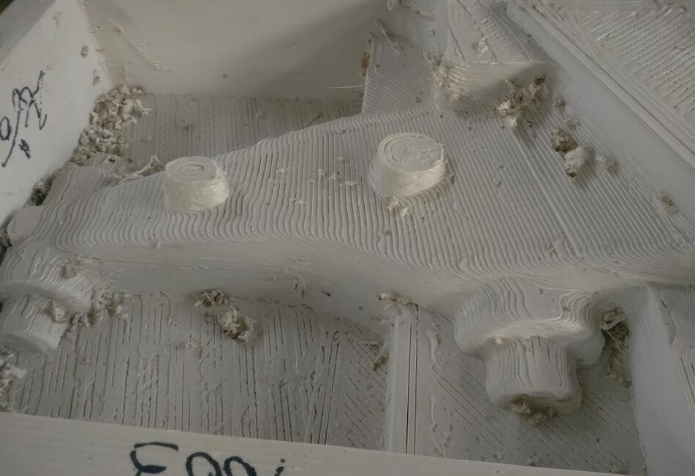
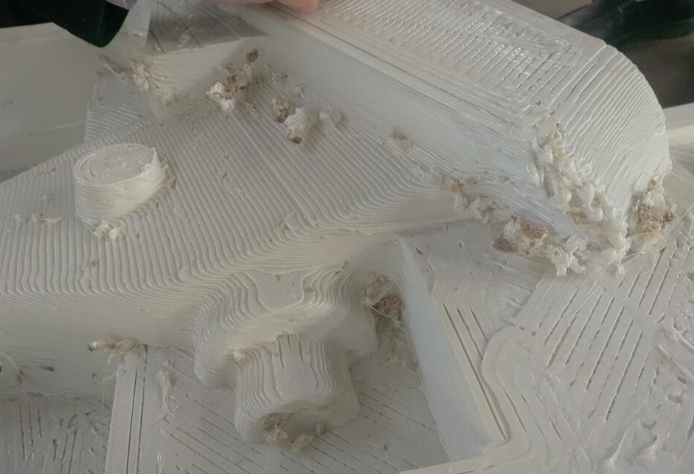
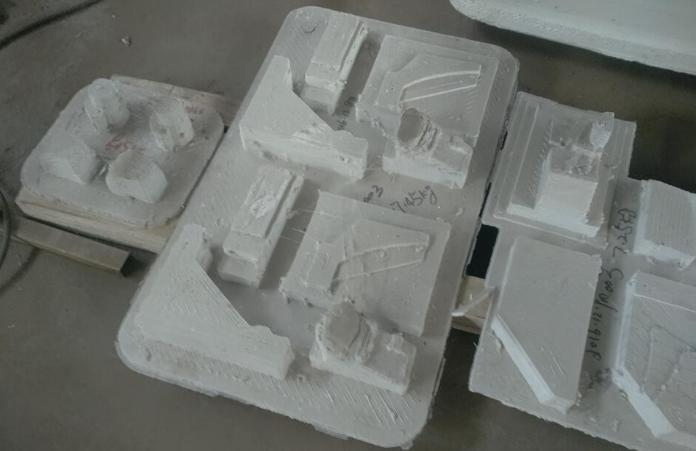
This 1 meter 3D printed part must be processed by a milling machine. When it is necessary to process 6 places, it is possible to make a mold. However, compared with the traditional craftsmanship, it also borrows well.
CNC finishing
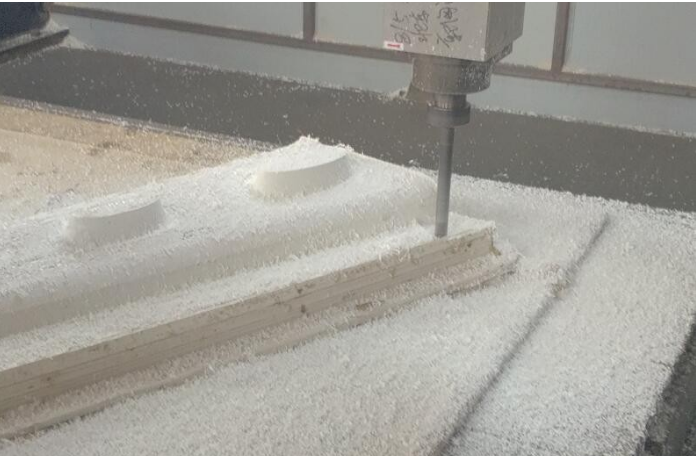
Mold generation
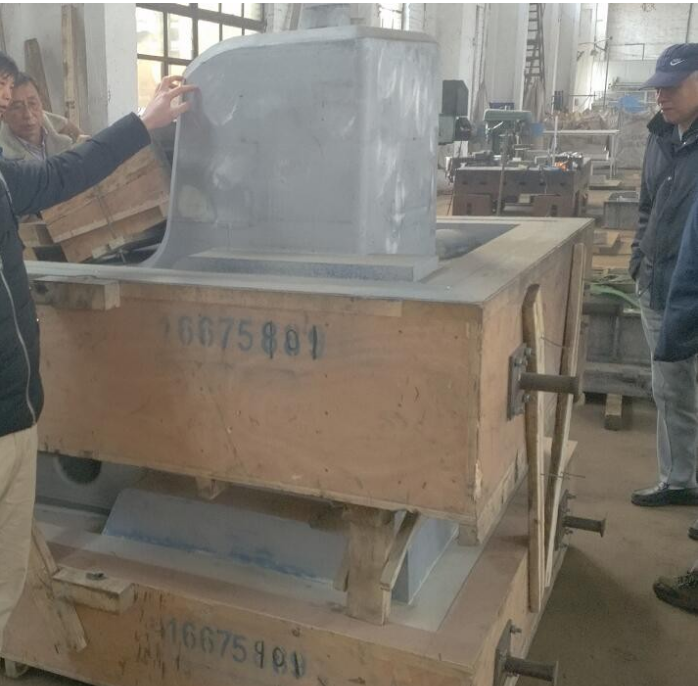
In the past, casting parts were made by wood mold or sand casting. Now, through the internal design of the factory, 3D printing initial mold, CNC finishing, 3D scanning and other advanced processing methods, the R&D speed is effectively improved, and the previous precision is not high. It has now become more controllable.
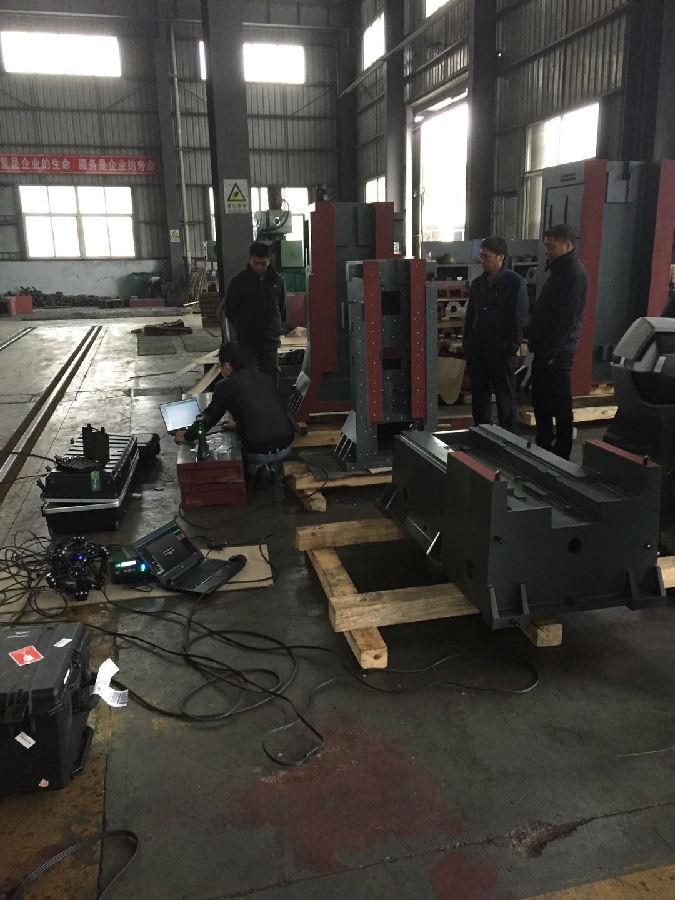
Detected by a 3D scanner
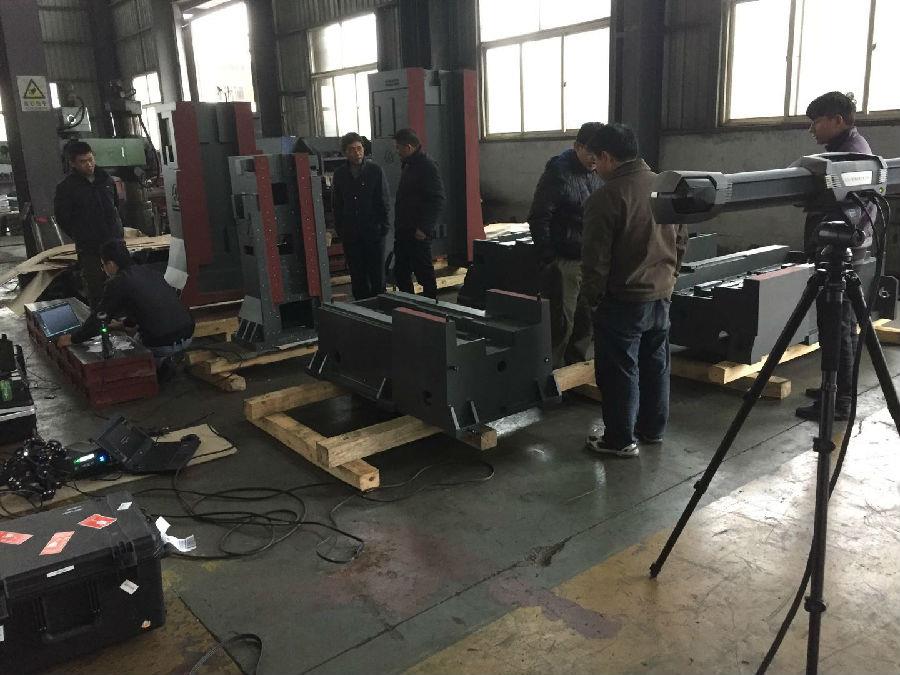
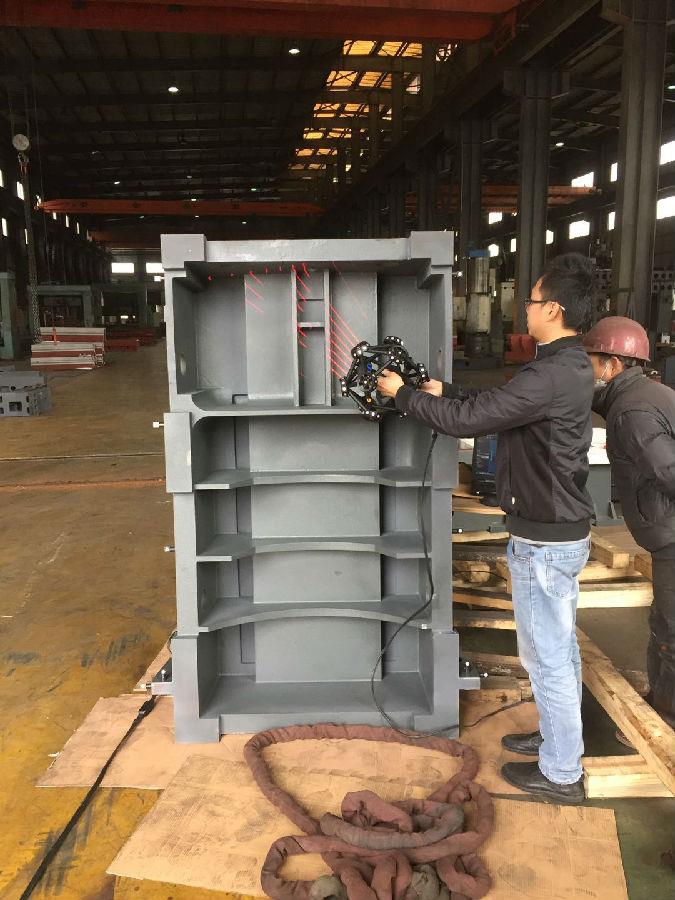
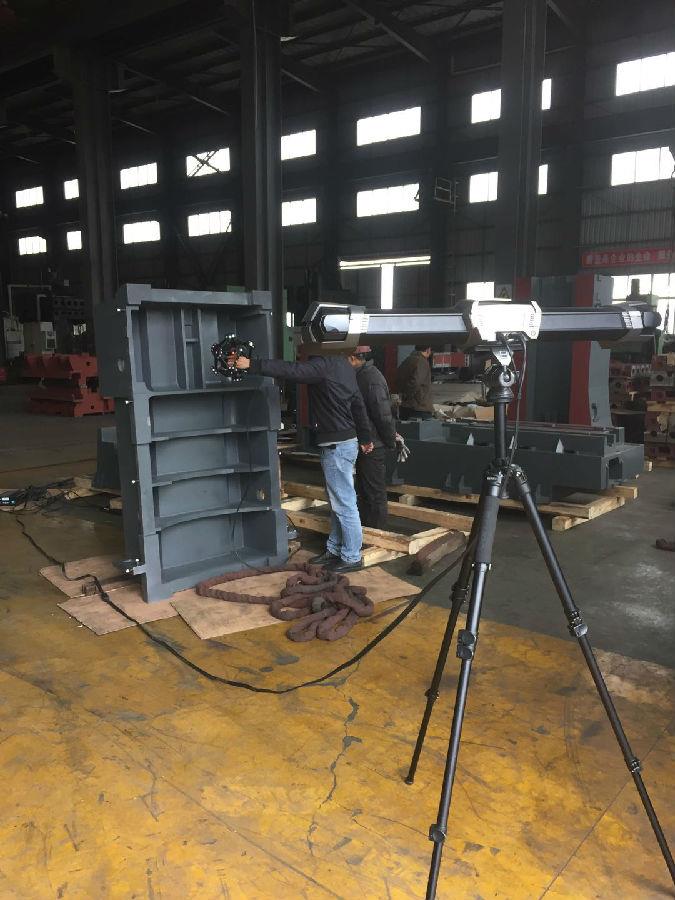
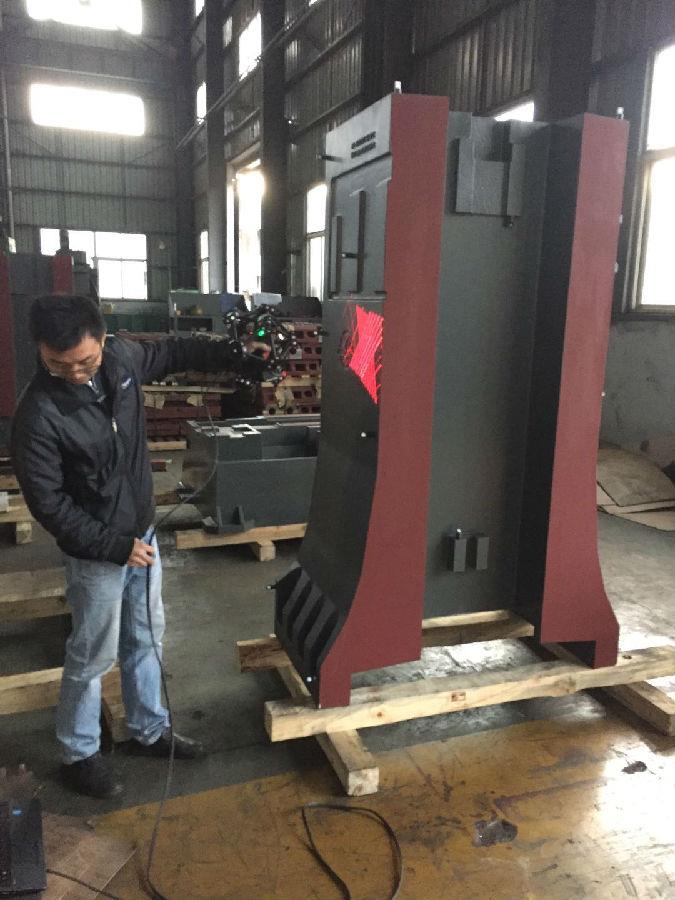
Complete 3D digital solution, the forging industry is secretly upgrading the process

